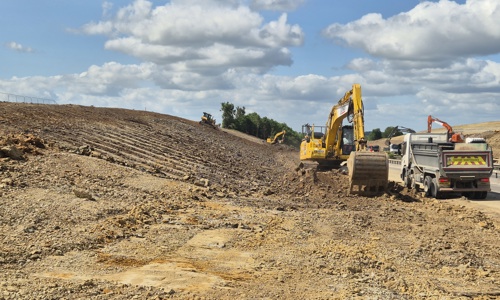- Energy
- 20 Mar 2025
We’ve successfully installed 250 charging units on behalf of client, Be.EV. Be.EV have been appointed by several local authorities in the North of England to establish, grow and maintain a network of publicly accessible rapid and ultra rapid points, including 33 rapid/ultra rapid charging sites for taxis in Manchester.
Alongside installing 250 charging units for Be.EV, we’re also working on a number of sites at the pre-construction stage, assisting on the feasibility assessment and detailed design. This includes a large charging hub and retail unit that we’ve been providing pre-construction services to develop the design and meet the programme and budget requirements.
Early in our partnership with Be.EV, we identified an opportunity to innovate an improved solution to a key component of the overall build in each project, that would both reduce safety risk and improve our program.
Our technical manager took a review of materials and installation principles in relation to the replacement of the cable connecting chamber and plinth that supports the EV pillar and chargers.
This solution created efficiencies compared to the traditional method of digging out channels and creating a concrete chamber that the charger and feeder pillar would stand on and where the cables will connect to underneath.
The traditional method would take four days from pour to set and would come with additional health & safety risks, such as air contaminants.
The plastic chamber was fabricated offsite, sourced from 100% recycled plastic, which removes the health & safety risk onsite associated with pouring concrete. This also delivered a significant time efficiency, reducing the time to create a new chamber from four days to one.
We further re-designed the EV feeder pillar, reducing its height to 2m, removing the need to present and wait for Local Authority Planning approval.
During our partnership with be.EV so far, we’ve worked closely with them to innovate ways of working, effectively reducing risk and increasing project efficiencies.




